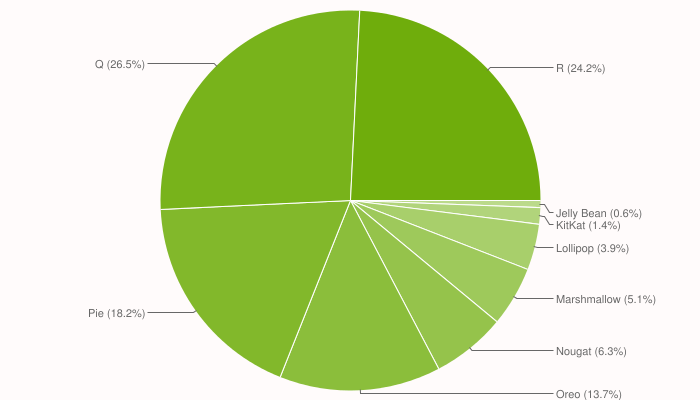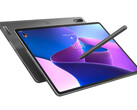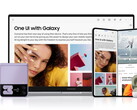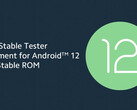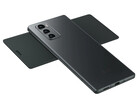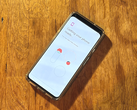The latest figures on OS version distribution have now been released via Android Studio. These stats apply to 2021 thus far, and, accordingly, do not include the latest major upgrade (12) just yet. In its absence, it seems its predecessor has yet to attain the largest share in terms of adoption among devices that ran Google's Play Store over a 7-day period about 3 weeks ago.
This snapshot of Android versions in use suggest that the smallest piece of the pie-chart as reported now falls to Jelly Bean (Android 4.1-4.3) with a sliver representing 0.6% of all participating devices. The proportions of active use rise smoothly through a number of its successors in order. Accordingly, a 1.4% share went to KitKat (v4.4); 3.9% for Lollipop (v5.x.x); 5.1% for Marshmallow (6.x.x); 6.3% for Nougat (7-7.1) and 13.7% for Oreo (8).
The share for Android 9 (Pie) remains reasonably high, at 18.2%. Android 10 (or Q), is still on most of the devices included, with a share of 26.5%. Besides being the version to dump the OS' historically sweet alternative monikers, it was also the one to popularize dark themes, introduce Live Captions and usher increasingly granular user data-related permissions in.
This may help explain how its successor 11 (or R) has not managed to surpass it in its 14 months on the market. Nevertheless, at 24.2%, it may be on the verge of a majority in its market. It will now be interesting to see how it continues to fare now that its new replacement, 12, is officially out there and may start to become more widespread via more OEMs soon.





